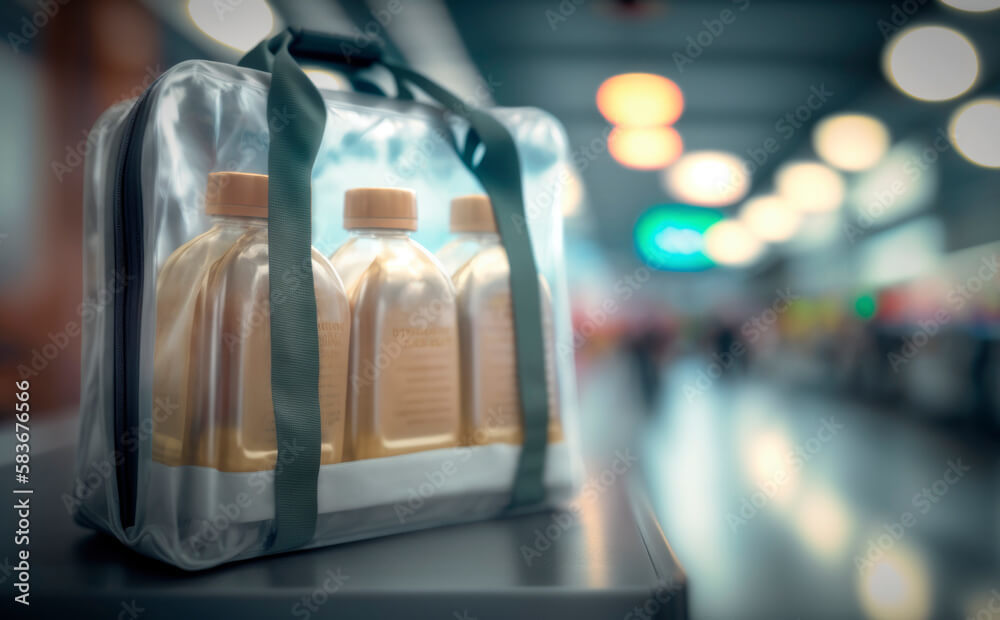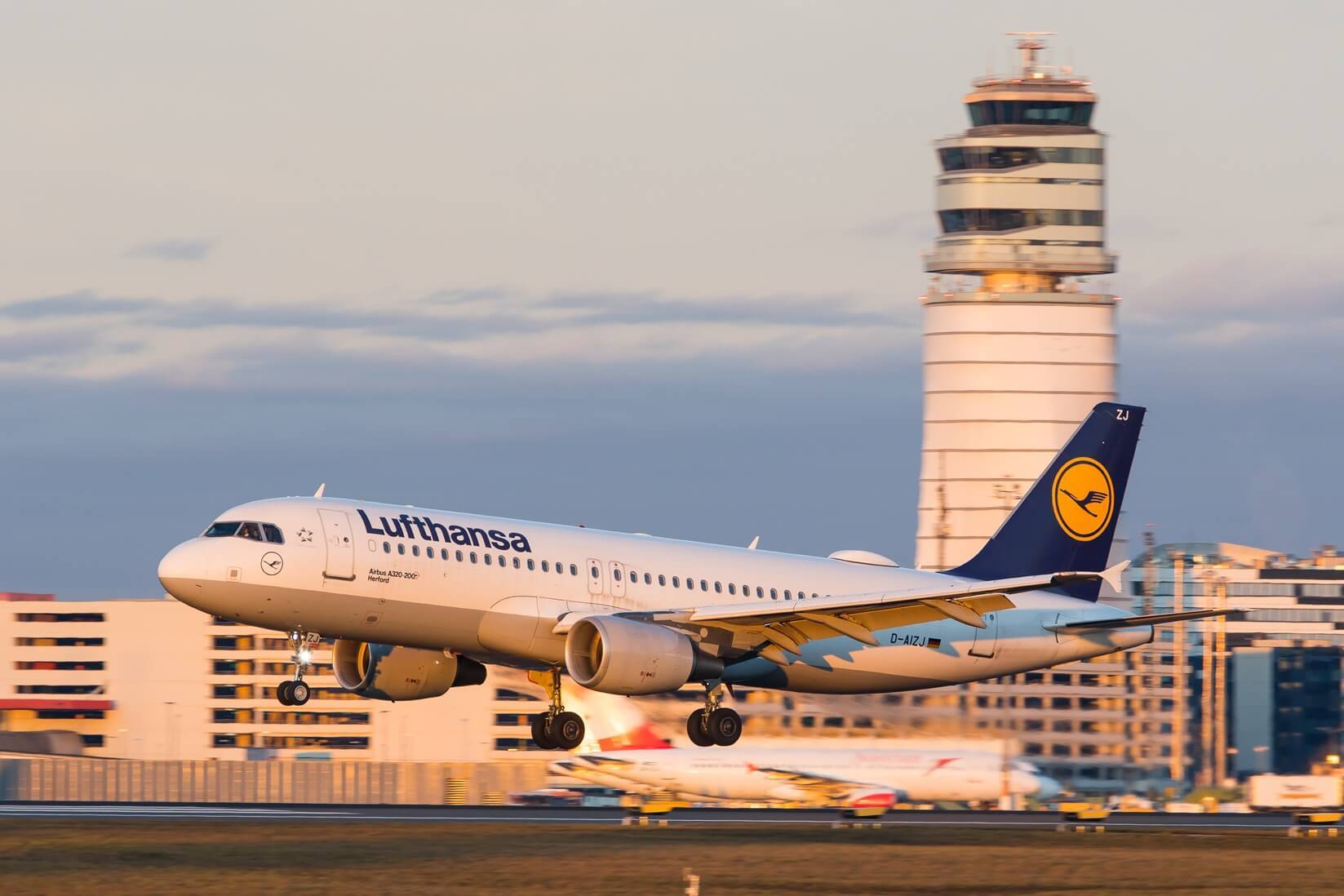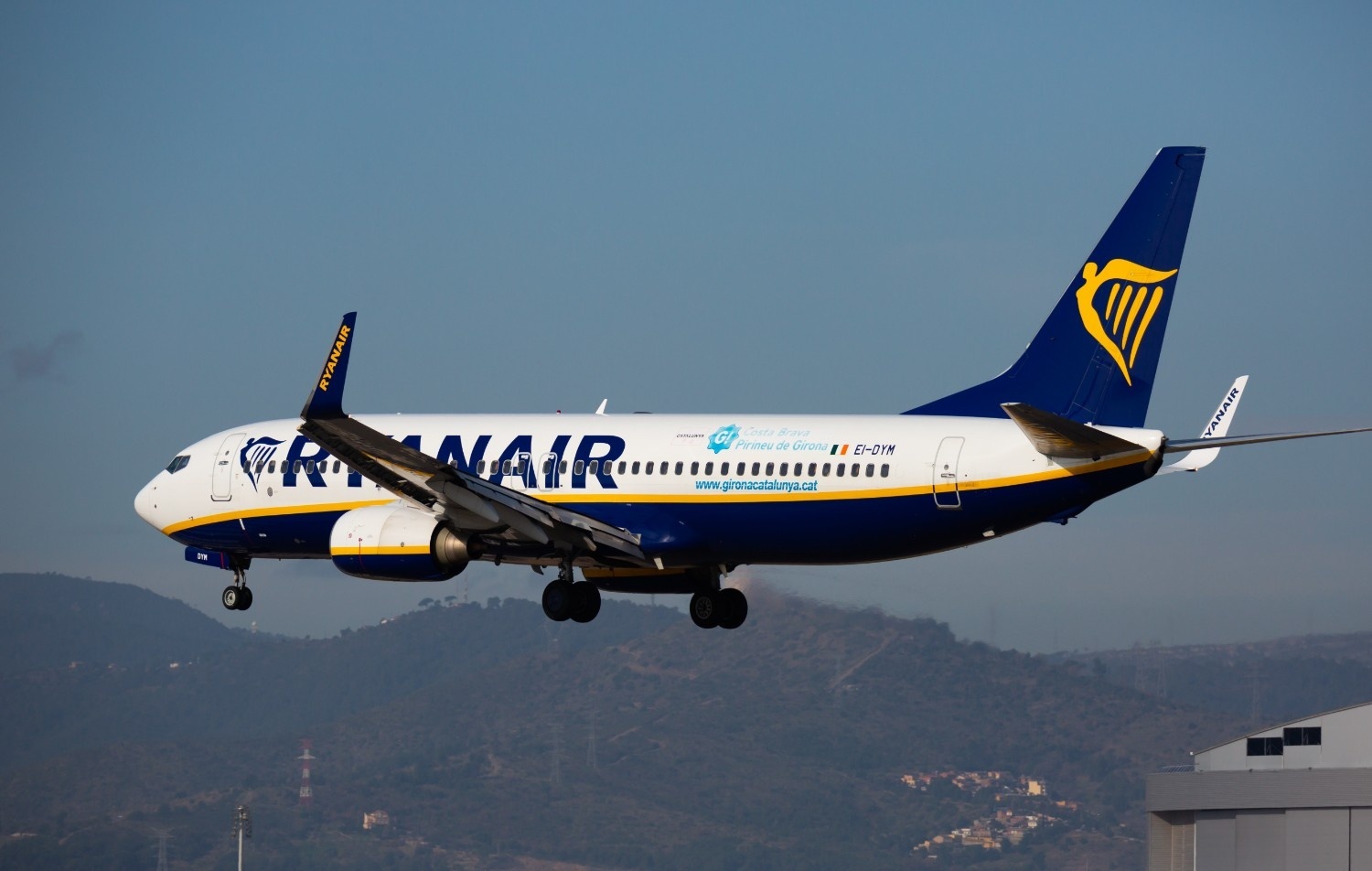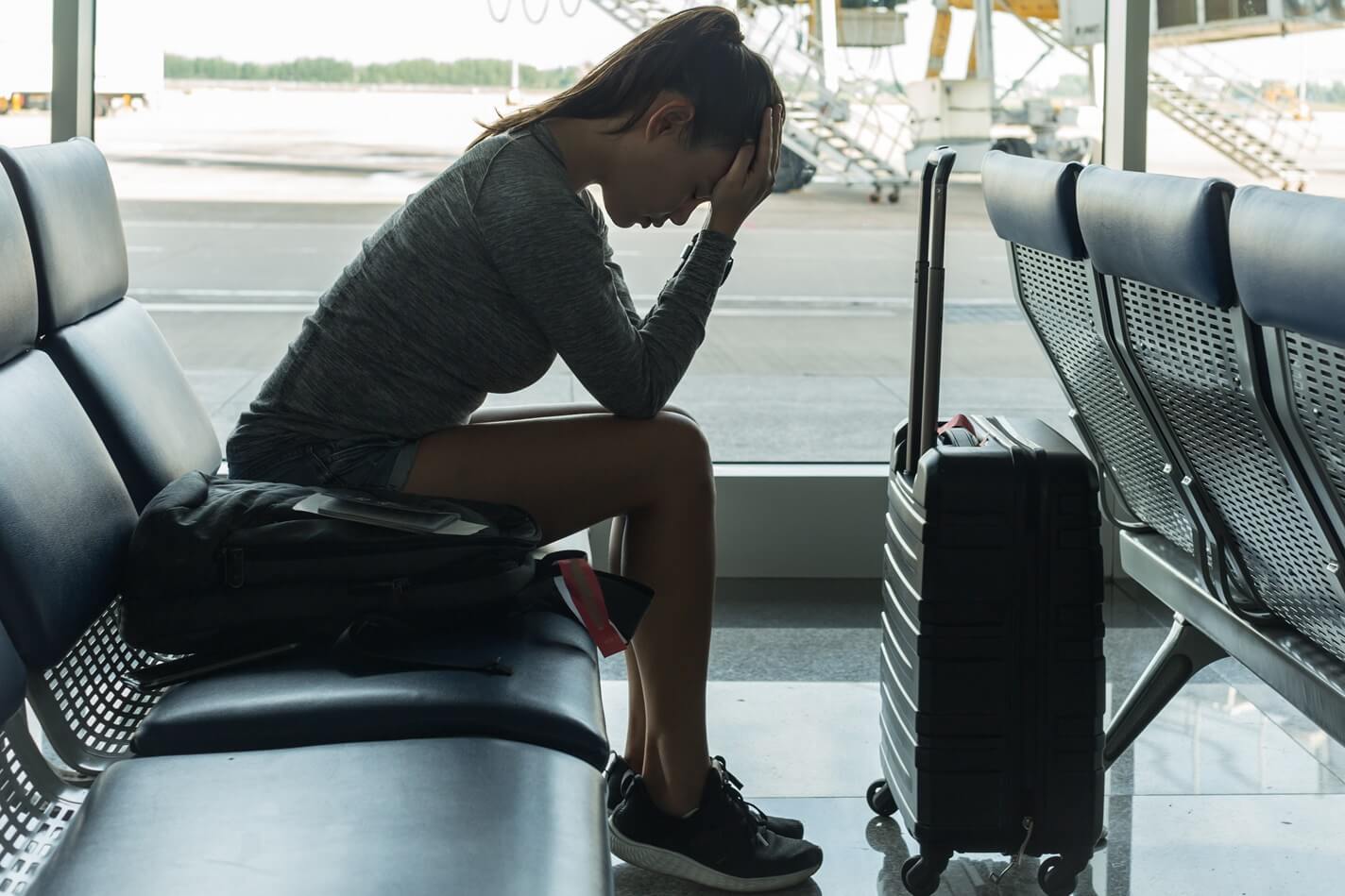Liquid limit: Airports introduce cutting-edge scanners for hassle-free travel

The familiar dance of removing mini shampoo bottles and toiletries from your hand luggage at airport security might soon be a thing of the past in Europe. Advanced Computed Tomography (CT) scanners are being deployed at major hubs to revolutionize the security check process, eliminating the need for the longstanding 100 ml liquid rule. Here’s how this high-tech solution aims to enhance safety and convenience for air travelers.
The origins of the 100 ml liquid rule
The 100 ml liquid rule became a standard in 2006 after British authorities foiled a terrorist plot involving liquid explosives intended to be detonated mid-flight. To address the security threat, passengers were restricted to carrying liquids in containers no larger than 100 ml. The rule aimed to prevent the assembly of explosive devices onboard, using liquids disguised as innocent beverages.
Enter the CT scanners
Fast forward to the present, and technological advancements are reshaping airport security. The new 3D scanners utilize CT X-ray technology, offering a detailed, 360-degree view of the contents inside passengers’ bags. Unlike traditional 2D scanners, these high-tech devices can differentiate between various liquids, including water, hydrogen peroxide, or high-strength alcohol, providing a more comprehensive assessment of potential threats.
Enhanced security measures
The CT scanners incorporate sophisticated threat detection algorithms capable of identifying explosives, including liquids, and other hazards. This technology goes beyond the capabilities of existing scanners, leading to fewer false alarms and, consequently, reduced unnecessary bag checks. The result is a more efficient and secure screening process.
The end of the 100 ml liquid rule
After 18 years, the 100 ml liquid rule is set to be phased out in some European airports. The new scanners are already operational at locations such as Teesside International Airport, Schiphol in Amsterdam, and Leonardo da Vinci International Airport in Rome. Spain implemented new airport security rules in February 2024, and other European airports are expected to follow suit progressively over the coming months and years.
Removing the 100 ml liquid rule is not just about convenience; it's a step towards enhancing overall airport experiences. The CT scanners not only expedite security checks but also contribute to a reduction in plastic waste as passengers can opt for larger containers instead of multiple disposable bottles. Additionally, passengers may save money by bringing their own drinks through security rather than relying on expensive airport shops.
While European airports are leading the way in adopting CT scanners, their global implementation is not uniform. Some U.S. airports, such as Atlanta's Hartsfield-Jackson, Chicago O'Hare, and New York’s LaGuardia, have embraced the technology, but the full deployment across the entire system will take time. For now, travelers are advised to check the rules of their departure and arrival airports, as not all destinations have implemented this cutting-edge security measure.
Beyond liquids, the CT scanners also impact the screening of electrical items. Tablets and laptops, traditionally requiring removal from cabin baggage, can now be studied in detail while still inside the bag. However, film camera enthusiasts have raised concerns about increased radiation potentially affecting analogue film. Travelers carrying film may request manual inspection at the discretion of airport staff.
As more European airports and select international hubs embrace CT scanners, the era of strict liquid limitations in hand luggage is on the verge of coming to an end. The phased removal of the 100 ml liquid rule promises a more seamless and secure travel experience, marking a significant milestone in the evolution of airport security technology. Whether you're a frequent flyer or an occasional traveler, the introduction of CT scanners is set to redefine the way we navigate airport security checkpoints in the years to come.
Latest posts
Flight delays and cancellations in July 2025
Check which flights were delayed in July 2025 – you may still be entitled to claim up to 600 € in compensation.
Flight cancellations and delays in March 2024
Check which flights were delayed in March 2024 – you may still be entitled to claim up to 600 € in compensation.
Flight cancellations and delays in February 2024
Check which flights were delayed in February 2024 – you may still be entitled to claim up to 600 € in compensation.












